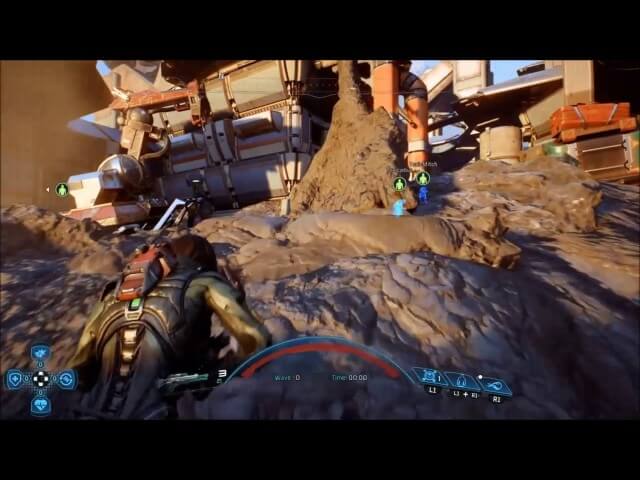Have video games always been packed with this much filler?

All Padded Out
My harrowing journey through Mass Effect: Andromeda continued this week. This is something I’ve suspected from the beginning of the game, but getting to its more tightly constructed missions has only confirmed it: Andromeda contains plenty of good stuff, but man, is that good stuff surrounded by a ton of tedium. Clearly, Mass Effect isn’t the only game to be suffering this rampant padding problem, and Merve had to wonder when this scourge began:
Has there always been this much filler in video games? It’s even starting to infect indie games; the recent Night In The Woods dulled its momentum with repetitive, unfun platforming sections. Why not trim the fat and just leave the good bits? Are publishers so wedded to the idea that a game has to have x hours of content that they’re willing to sacrifice player enjoyment to pack all that content in?
Karl Schmidt gave a succinct explanation of the trend:
Having cheap filler to give the player the thinnest possible excuse to go everywhere is pretty much expected in the triple-A open-world style games nowadays. I’m not entirely sure why, if it’s explicitly a content length thing or it’s that players feel that the world is “empty” if there are any map features that don’t involve a fetch quest at some point, but the sum total effect is pretty infuriating.
I’ve heard it described as MMO-like, which is accurate in the sense that most theme park MMOs have filler quests. However, since World of Warcraft MMOs have endeavored to construct a decent flow where you get a few related missions of very different importance to do simultaneously in the same area. Open world games just kinda vomit unrelated markers all over your map and expect you to go click on things.
And Wolfman Jew sought to differentiate between modern filler and the kind you might have experienced, say, 20 years ago:
I think this started around the late 2000s. Publishers became more aggressive about making clear their games took longer to finish and had “more” content, no matter how repetitive or dull, because that bar for the average length of time on Metacritic started becoming a make or break point for players. You had players very pointedly arguing that length was a primary barometer of value, kind of like how so many open-world games treat the size of their world as a selling point (an idea No Man’s Sky should hopefully have dispelled).
Grinding and filler have been around forever, but this is a very specific kind we’ve been seeing gestate over the past 10 years or so. Because it’s usually not about that extra length creating a space filled with secrets or mixing up the gameplay or crafting memorable experiences; it’s only about nakedly accommodating demands that games be “worth” the monetary cost in a way that’s based around meaningless arithmetic without making sure those hours carry value. I was thinking of the Castlevania: Lords Of Shadow games earlier today, and the first game’s 20-hour length was absolutely a selling point, but they were so repetitive and neither the gameplay nor environments evolved in a consistent or meaningful way. So it’s long, but that length is not only not beneficial but an active detriment to the player’s experience.
Juan Carlo pointed to a likely patient zero:








![HBO teases new Euphoria, Larry David, and much more in 2026 sizzle reel [Updated]](https://img.pastemagazine.com/wp-content/avuploads/2025/12/12100344/MixCollage-12-Dec-2025-09-56-AM-9137.jpg)































